Kettlewell - from the Anglo Saxon ‘Cetel Wella’ meaning babbling stream
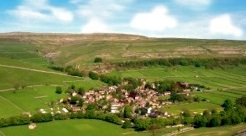

The Anglo Saxons farmed here and signs of their farming methods can be seen in the faint terracing on the fields to the south of the village. A market charter was granted to Kettlewell in 1320.
Kettlewell boasts three pubs, each offering its own brand of Dales charm, food and real ales.
Electricity workers, digging near Kettlewell in 1997, unearthed the remains of a Dark Age burial. The skeleton was of a woman who was buried in a crouched position. She lived in Kettlewell 1400 years ago and must have been one of Kettlewell’s earliest inhabitants.
Lime Kilns - The thin acidic soil of Upper Wharfedale can be improved by spreading lime on it. For centuries farmers built field kilns to burn limestone rock to produce the lime they needed. The green ‘intake’ fields, which have been improved over the years, stand out clearly against the rougher grazing on the higher fells.
St Mary’s Church - In the early part of the 12th Century, soon after the Norman Conquest, Kettlewell had its first church. Only the ‘tub’ font survives today. The current church was built in 1820 after the original church was demolished. An interesting manuscript, on display in the church, dates to 1338 and refers to the time when the manor belonged to Coverham Abbey near Leyburn.
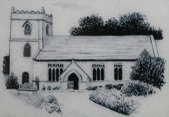
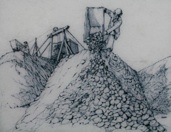
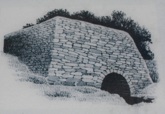
Lead mining brought prosperity to the village in the 17th Century. The hills overlooking Kettlewell are dotted with old mine shafts and many of the little cottages were built to house the men and women that worked in them. By the time the mines had closed in the 19th century, Kettlewell was already gaining a reputation as a wonderful destination for visitors and this has continued ever since.

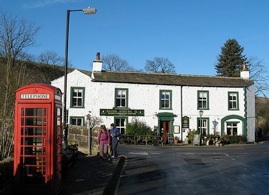

Morris fun at The King’s Head
The Racehorses
The Blue Bell
Littlebeck The Green, Kettlewell, North Yorkshire. BD23 5RD Tel. 01756 760378 Email. stay@little-beck.co.uk